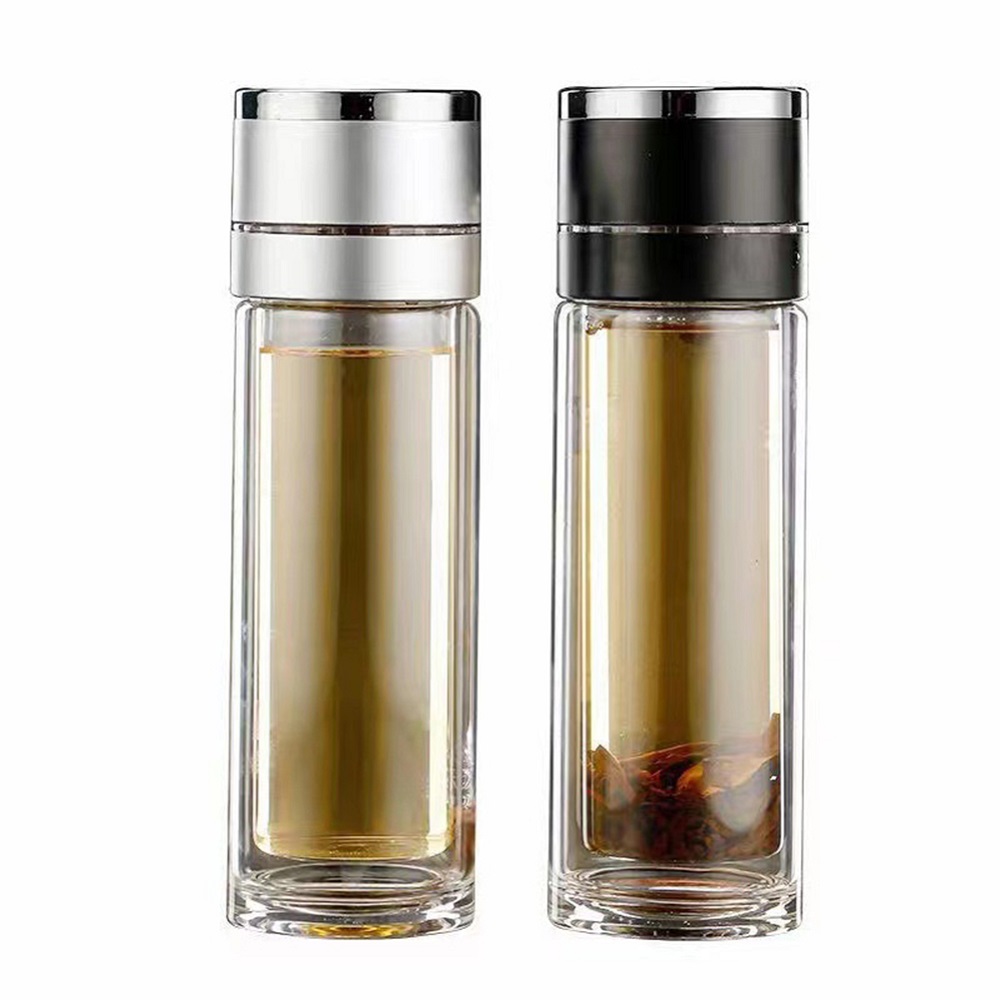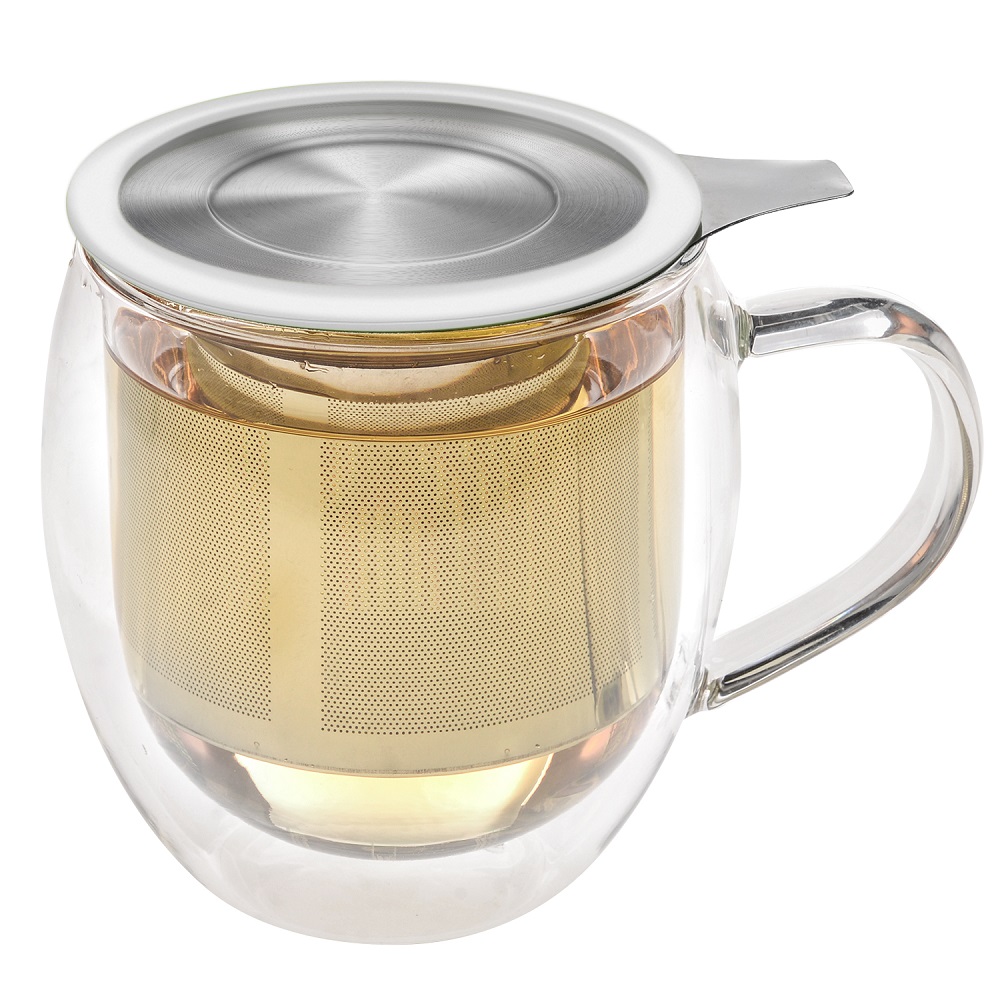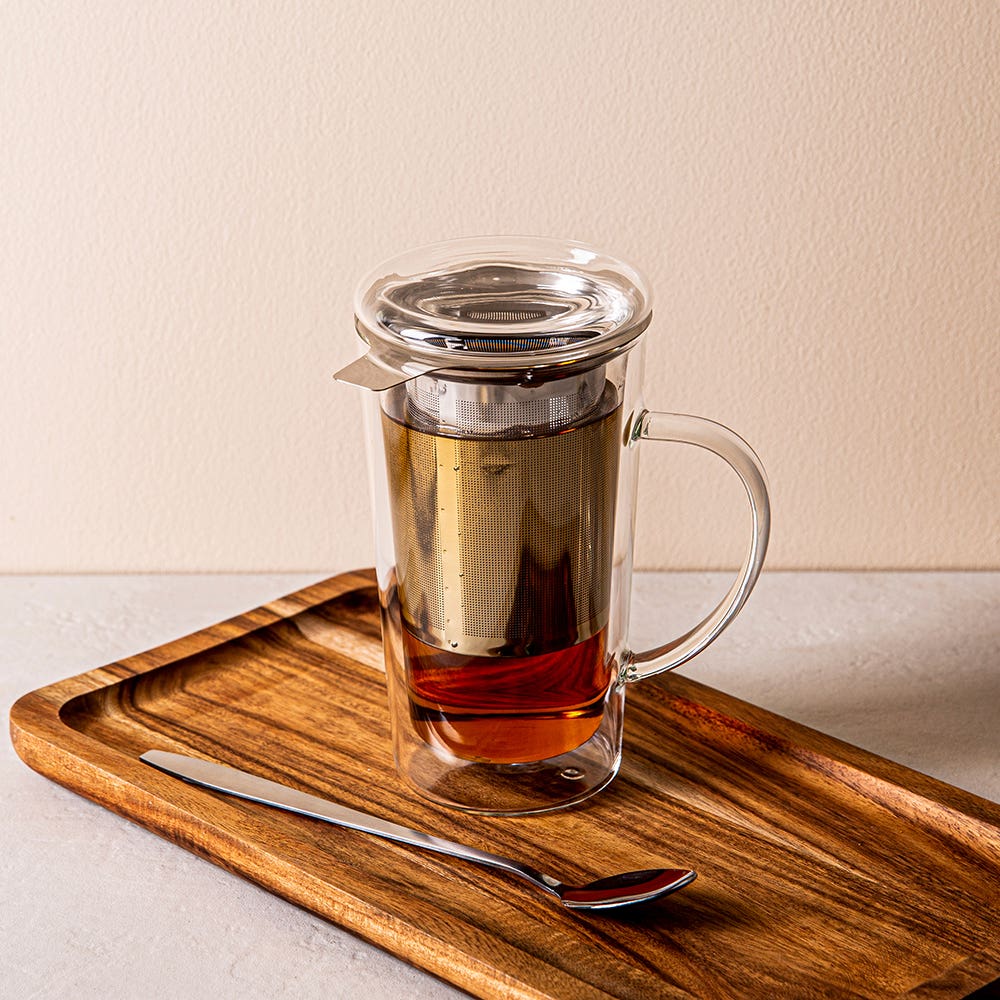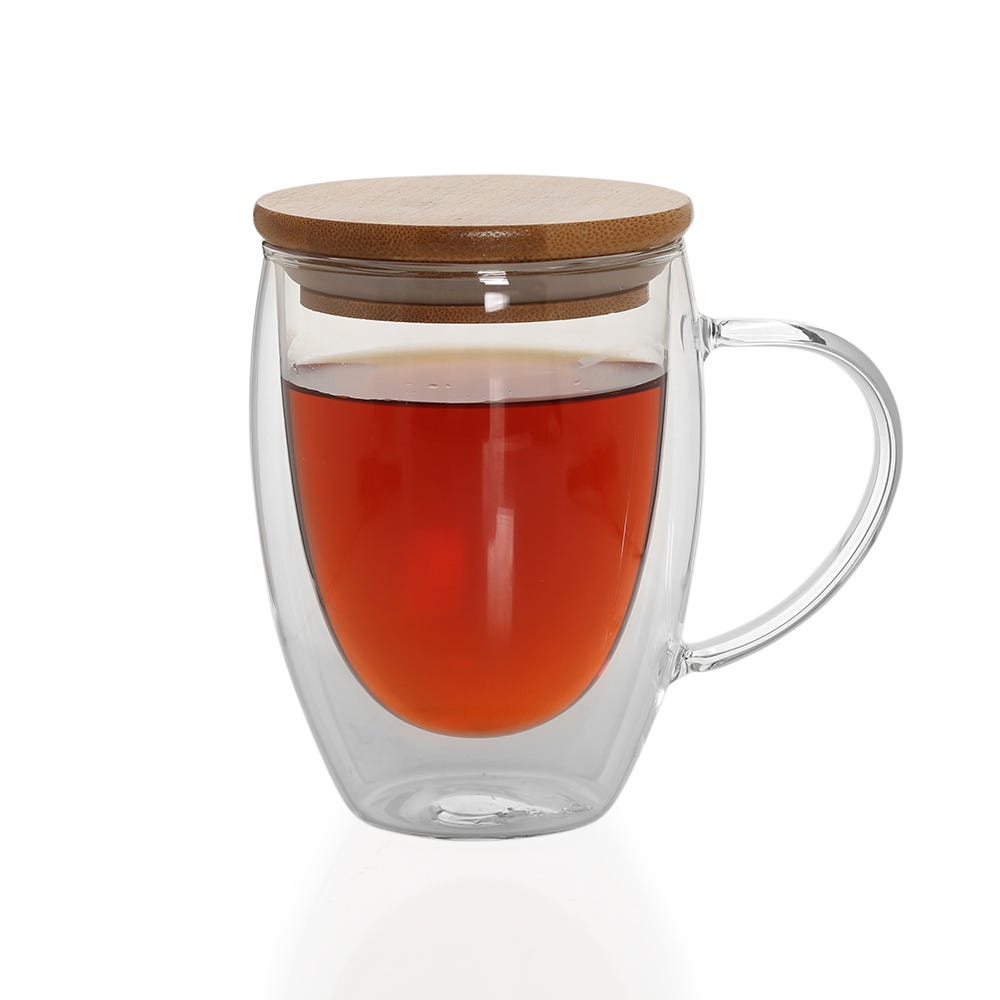Introduction
Tea drinking has been a cherished ritual across cultures for centuries. Central to this practice is the tea cup, a vessel that is more than just a tool for consuming tea. It carries history, artistry, and personal stories. In this article, we will explore the significance of tea cups, their evolution, the different types, and the cultural importance surrounding them.
The History of Tea Cups
Tea cups have a rich history that dates back to ancient times. The earliest forms of tea-drinking vessels were simple clay bowls used in China. These bowls were functional, designed to hold hot liquids. Initially, tea was consumed in solid, compact forms, and boiling water would be poured over it. Over time, as the popularity of tea spread beyond China, different civilizations began experimenting with cup designs.
During the Tang Dynasty (618–907 AD), tea culture blossomed in China. The first actual tea cup surfaced during this era. As trade routes expanded, tea reached Japan, Europe, and other parts of the world. Each region created unique versions of tea cups that reflected their customs and tastes. In England, for example, tea became a fashionable drink among the aristocracy, leading to the development of fine porcelain tea cups adorned with intricate designs.
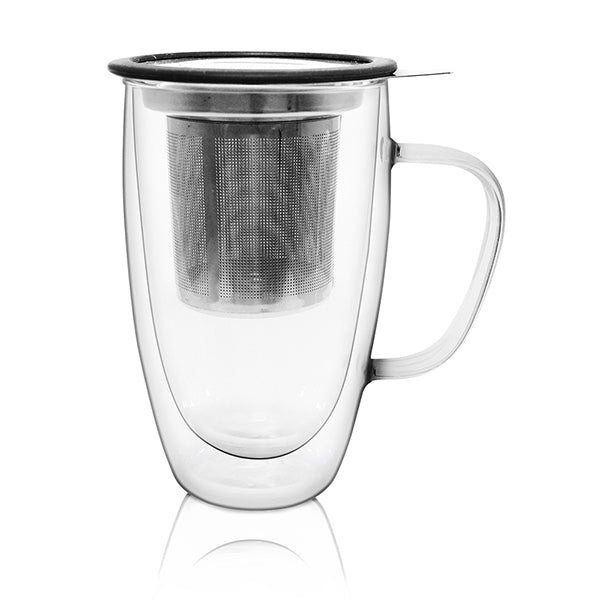
As we transitioned into the 18th and 19th centuries, tea cups evolved significantly. The British tea time tradition solidified its place in social practice. Fine china and porcelain became favored materials for tea cups. They were often hand-painted or decorated with gold and silver glazes, enhancing their beauty and value. The invention of transferware allowed for mass production, making elegant tea cups more accessible to the general public.
Types of Tea Cups
Tea cups come in various shapes, designs, and materials, each serving different purposes and catering to various tastes. Understanding the types of tea cups can enhance your experience while enjoying a cup of tea.
Porcelain Tea Cups
Porcelain tea cups symbolize elegance. Originating from China, porcelain is a white, vitrified ceramic. Porcelain cups are typically smooth to the touch and visually appealing. They often feature intricate designs that embellish their surfaces. Their beauty makes them popular among collectors and tea enthusiasts alike.
Porcelain cups retain heat well, allowing tea to stay warm longer. However, they can be fragile. Users need to handle them with care to avoid chipping or breaking. Collectors may seek antique porcelain tea cups, which often carry historical significance.
Bone China Tea Cups
Bone china is a type of porcelain that contains bone ash, which gives it a unique quality. It is noted for its translucence and strength. These cups are incredibly durable but also lightweight. Bone china tea cups often feature beautiful, detailed patterns. Many people prefer them for formal occasions due to their delicate appearance and durability.
Like porcelain, bone china keeps tea warm. Additionally, it enhances the flavor and aroma of the tea. The addition of bone ash also enhances the material’s whiteness, making it a preferred choice for upscale tea sets.
Glass Tea Cups
Glass tea cups have become increasingly popular in modern tea culture. They provide an opportunity to admire the color of the tea as it brews. Many enthusiasts appreciate the visual appeal, especially when drinking herbal teas that display vibrant colors.
Glass cups come in various shapes and sizes. Some are double-walled, which helps insulate the heat while keeping the exterior cool. This design allows for comfortable handling, especially with hot beverages. While glass cups may not retain heat as effectively as porcelain or bone china, they offer a unique aesthetic experience.
Travel Tea Cups
In today’s fast-paced world, travel tea cups have gained traction. They are designed for people on the go. These cups often come with a lid to prevent spills and maintain temperature. Many travel tea cups feature thermally insulated materials to preserve the heat of the tea.
A travel tea cup can come in various materials, including stainless steel and silicone. The portability of these cups makes them perfect for a quick tea fix while commuting, hiking, or traveling. They embody the convenience required in modern life.
The Art of Tea Drinking
Tea drinking is not just about the beverage itself; it’s an art form. Holding a beautifully crafted tea cup adds to the overall experience. The aesthetics play a significant role as they engage multiple senses.
The Ritual of Brewing
Brewing tea can be as ritualistic as the act of drinking it. Each type of tea requires different brewing techniques. The method, water temperature, and steeping time can dramatically influence the final flavor. With the right tea cup, the brewing process becomes an enjoyable experience.
Using a traditional teapot and pouring the tea into exquisite cups can create a moment of tranquility. Many tea enthusiasts take time to appreciate the aromas, colors, and flavors as they prepare. This practice encourages mindfulness and enhances well-being.
Social Interaction
Tea has long served as a social lubricant. During tea gatherings, the type of cup used can influence conversations and connections. Sharing a pot of tea and exchanging insights fosters an atmosphere of camaraderie. A well-chosen tea cup can also act as a conversation starter, allowing individuals to share stories of their origins.
The act of clinking cups together is a tradition in some cultures, symbolizing goodwill and friendship. Whether at a formal tea party or a casual outing, tea cups become vessels of intimacy and warmth, creating lasting memories for those who partake.
Cultural Significance of Tea Cups
Across the world, the role of tea cups varies from one culture to another. Each culture has unique tea-drinking customs, reflecting its character and values.
Chinese Tea Culture
In Chinese culture, tea is not just a drink. It is a way of life. Tea cups are essential in tea ceremonies, which emphasize respect and harmony. The selection of tea cups often aligns with the type of tea served. For instance, small cups are used for high-quality teas, while larger cups accompany everyday blends.
The design of the tea cup also holds significance. Some traditional cups are unadorned, focusing on the tea’s quality. Others may showcase intricate craftsmanship representing the artisan’s skill. The teas are often brewed multiple times, with each infusion served in the same cup to create a connection.
Japanese Tea Ceremony
Japan has its own tea ceremony, known as “chanoyu.” This practice focuses on simplicity, mindfulness, and aesthetics. The tea cup, called a “chawan,” is an integral part of this ritual. Chawan can vary in size and shape, but each cup is selected carefully.
In the ceremony, guests appreciate not only the tea but also the beauty of the cup. The act of drinking from the chawan becomes a moment of reflection and respect for the tea itself. These customs have deep roots in Japanese culture, promoting serenity and inner peace.
British Afternoon Tea
Afternoon tea is a distinctive British tradition that combines elegance with socializing. It involves serving tea alongside sandwiches, pastries, and scones. The choice of tea cups is crucial in this context, often showcasing fine china adorned with floral patterns or gold trim.
During afternoon tea, hosts often take pride in their collection of tea cups. Guests appreciate both the tea and the setting. Serving tea in elegant cups adds to the overall sophistication of the experience. This tradition embodies the British penchant for refinement and quality.
Choosing the Perfect Tea Cup
Selecting the right tea cup can improve your tea experience. Factors such as personal taste, functionality, and aesthetics play a role in this decision.
Consider Materials and Durability
When choosing a tea cup, consider the materials. Porcelain and bone china offer elegance but may be delicate. If you prefer something more durable, look for glass or ceramic options. These can withstand daily use without compromising style.
Think about how you plan to use the cup. If you drink tea often, a sturdy option may suit you better. For occasional use or special gatherings, investing in fine china could be worth it.
Size Matters
Tea cups come in various sizes. A smaller cup may enhance the ritual of sipping tea slowly. Larger cups may cater to those who enjoy a more substantial beverage. Choose a size that complements your drinking habits.
Consider the volume of tea you typically consume in one sitting. A cup that holds just the right amount can enhance your experience.
Enjoy the Aesthetics
The design of a tea cup significantly enhances the overall experience. Choose a cup that resonates with you. Whether you prefer colorful patterns, minimalist designs, or intricate art, your choice reflects your personality.
Beautiful tea cups can elevate ordinary moments. They make each tea session feel special. A well-chosen cup can also inspire gratitude as you savor each sip.
Caring for Your Tea Cups
Proper care is essential to maintain the beauty and functionality of your tea cup. Each material may have specific cleaning and care requirements.
Cleaning Tips
For porcelain and bone china cups, use gentle soap and warm water. Avoid abrasive sponges that can scratch the surface. Handwashing is often recommended to prevent damage.
Glass cups can be cleaned in the dishwasher or by hand. However, ensure they are dishwasher-safe if using this method. While glass is more durable than fine china, handle it with care to prevent breakage.
Storage Solutions
Storing your tea cups correctly helps preserve their quality. Consider using a display cabinet to showcase your collection while protecting it from dust. For daily use cups, stackable options can save space in your kitchen.
When not in use, store cups in a secure location to prevent chipping or scratching. Avoid piling too many cups together to maintain their integrity.
Restoring Vintage Cups
If you own vintage tea cup, be aware that restoration can be tricky. Cracks or chips may affect their value. If restoration is necessary, consult an expert specializing in ceramics.
For small scratches, a gentle polishing compound can help minimize their appearance. Be cautious and avoid any harsh chemicals that could damage the material.
Conclusion
In conclusion, tea cups are so much more than just vessels for a brewed beverage. They embody history, culture, and artistry. Each type of tea cup offers unique benefits while reflecting its cultural significance. From the bustling tea markets of China to the serene tea ceremonies in Japan, the significance of tea cup transcends mere functionality.
Understanding the various types of tea cups, their histories, and cultural importance can enhance your appreciation of tea drinking. The aesthetics, materials, and design choices come together to create a holistic experience. Whether you prefer a simple ceramic cup or an elegant porcelain piece, each cup carries a story.
Collecting tea cups may also become a rewarding hobby. As you gather different styles and designs, you create a tangible representation of your journey through tea culture.
Lastly, always remember to care for your tea cup properly. They are not just tools; they are cherished artifacts of your tea-drinking journey. Exploring the world of tea cups opens a door to understanding the deeper significance of tea in many cultures. Enjoy the beauty, warmth, and comfort they bring on every tea-drinking occasion.
